Shopify is an app for online retailers that comes with a Point of Sale (POS) app for paying for goods in stores. It enables retailers to develop a multi-channel experience that promotes the brand. You can create a website with this subscription-based platform and use their shopping cart solution to sell, ship, and manage your products.
You can analyze every aspect of your online store with the assistance of a variety of tools included. Customers can get the most out of their investment by creating individualized online experiences using these tools. By automating transactions, inventory management, customer relationship management, and other processes, it helps in overall cost reduction.
In this post, let us take a look at how much does Shopify store cost and the various plans available for small and medium businesses.
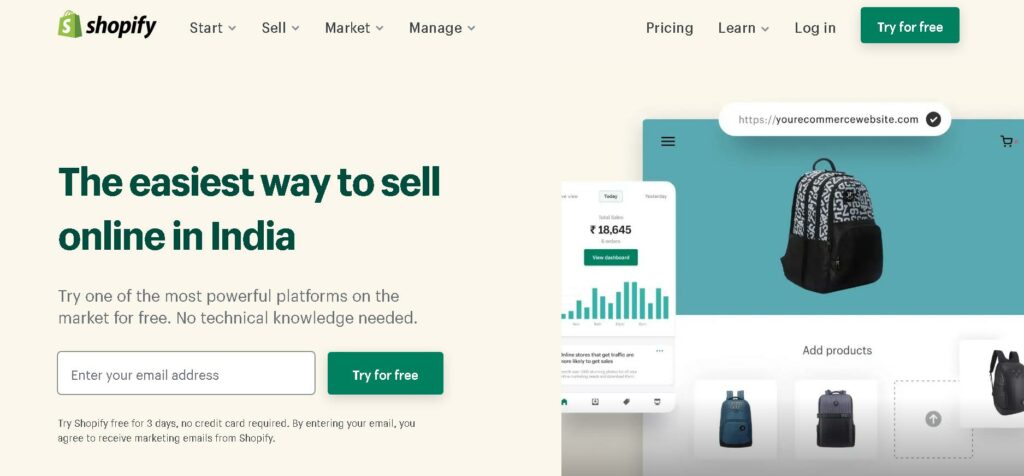
How Can I Own a Shopify Store in 2024?
You can use Shopify’s shopping cart solution to sell and ship products to your customers and create free eCommerce websites. You can hire an ecommerce website development company and they will add or edit products, process orders and payments, track inventory, and more from an admin panel.
Shopify offers a 14-day trial period during which you can test the platform without entering your credit card information.
Here are the steps to get started with your Shopify store.
- Visit Shopify.com and select the “Start free trial” option. Along with your store name, enter your business email address, password, and click ‘Make your store.’ Shopify requests additional information about you and your company. You can either add it now or use the dashboard settings panel to add the details later.
- There are free and paid themes on Shopify. Shopify Experts will also help you create a custom theme for your store. Go to Online Store > Themes from the dashboard’s left side.
- Add Products from Products → Add Product. Your Shopify store’s SEO will benefit from a comprehensive product description that includes unique page titles, descriptions, tags, images, videos, and other media files related to the product. So, try to be as descriptive as you can. Include high-quality close-up shots that emphasize your products’ features. To ensure a seamless user experience, ensure that the images are kept to the exact dimensions. At the top or bottom right of the page, select “Save.”
- Go to Payments in Settings. You can set up a payment gateway for your customers. Prices and commission rates vary from service to service and gateway to gateway. Choose a payment gateway that accepts the most common card types so that the majority of users can pay quickly.
- You can purchase a Shopify domain and have it added to your store automatically if you do not know how to set up a website. The disadvantage of using third-party domain providers is that you have to manually redirect the DNS records, which can be difficult at first.
Also Read: 14 Ultimate eCommerce Frameworks: 2024 Edition
Can Small and Medium Businesses Own Shopify?
Shopify can be owned by small and medium businesses and is a great ecommerce platform to start having your online presence. You can launch and manage your online store with the help of Shopify’s comprehensive set of features. Neither software installation nor hosting services are required for users to begin using it. Plan prices range from $29 to $299 per month, and using Shopify Payments does not incur any additional transaction fees.
The ability to add an unlimited number of products, a custom domain, a custom Shopify Payment that allows you to accept credit cards in addition to PayPal payments without having to set up a third-party payment gateway, customer support, and other benefits are additional benefits.
For businesses that are expanding, there are also additional plans available if you require more users or advanced features. In addition, you will be able to sell on social media platforms like Facebook, create reports and analytics, and even have mobile access.
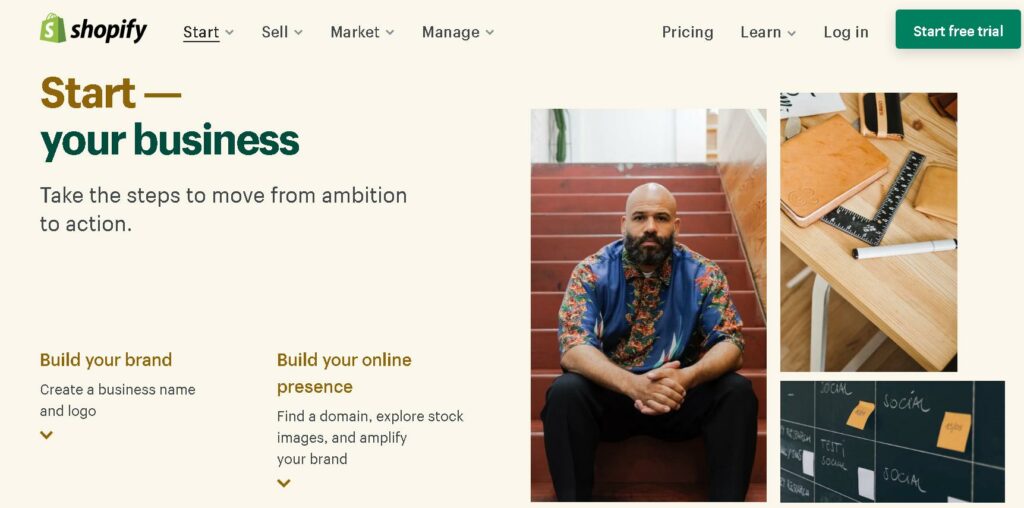
Pricing and Plans in Shopify
Let’s take a look at the different plans available with Shopify, their prices and additional costs incurred.
Basic Plan
Cost: ₹1994 /month
Online Credit Card Rate: 2.9% + ₹24 per transaction
Transaction Fees: 2%
Features:
Sales Channels: Market on social media and online marketplaces.The availability of channels varies by nation.
Inventory locations: Distribute inventory to pop-ups, warehouses, retail stores, or any other location where you keep products. Allowed up to 4 locations.
Ecommerce automations: Build workflows, automate manual tasks, and expand your business.
Staff accounts: Staff members who have access to Shopify POS and the admin. Maximum of 2 members are allowed.
Reports: The analytics page, reports on finances, product analytics, Live View, acquisition reports, inventory reports, behavior reports, and marketing reports are included in the Basic plan.
Also Read: From Setup to Sale: 9 Best Ecommerce Platforms in India Analysed
Shopify Plan
Cost: ₹7447 /month
Online Credit Card Rate: 2.6% + ₹24 per transaction
Transaction Fees: 1%
Features:
Inventory locations: Distribute inventory to pop-ups, warehouses, retail stores, or any other location where you keep products. Allowed up to 5 locations.
Language translation: Make your store available to customers in a variety of markets by translating it into multiple languages.
Market domains and subfolders: Ensure that customers are automatically redirected to the appropriate domain based on their market by assigning custom web addresses that are optimized for search results to each market.
Staff accounts: Staff members who have access to Shopify POS and the admin. Maximum of 5 members are allowed.
Reports: The analytics page, financial reports, product analytics, Live View, acquisition reports, inventory reports, behavior reports, marketing reports, order reports, sales reports, retail sales reports, profit reports, and customer reports are all included in the Advanced Shopify plan. The Advanced Shopify plan permits the creation of custom reports too.
Advanced Plan
Cost: ₹30164 /month
Online Credit Card Rate: 2.4% + ₹24 per transaction
Transaction Fees: 0.5%
Features:
Inventory locations: Distribute inventory to pop-ups, warehouses, retail stores, or any other location where you keep products. Allowed up to 8 locations.
Staff accounts: Staff members who have access to Shopify POS and the admin. Maximum of 15 members are allowed.
International commerce: You can control the prices in various markets by adjusting price percentages and setting product prices by country or region, as well as calculate and collect duties and import taxes for your customers.
Reports: The analytics page, financial reports, product analytics, Live View, acquisition reports, inventory reports, behavior reports, marketing reports, order reports, sales reports, retail sales reports, profit reports, and customer reports are all included in the Advanced Shopify plan.
Shipping rates by Third-party: At checkout, you can display calculated rates using your own account or third-party apps.
Shopify Plans – Comparison
| Features | Basic | Shopify | Advanced |
| Store | Provides ecommerce website and blog | Provides ecommerce website and blog | Provides ecommerce website and blog |
| Products | Unlimited | Unlimited | Unlimited |
| No. of Staff Accounts | 2 | 5 | 15 |
| Reports | Basic | Standard | Advanced |
| Inventory Locations | Upto 1000 | Upto 1000 | Upto 1000 |
| Transaction Fees | 2% | 1% | 0.5% |
| Support – 24/7 | Available | Available | Available |
How to Find the Best Shopify Plan for my Business?
Basic Plan suits best for businesses that are just starting out and don’t have a lot of money but want to use an online store that works well and is easy to set up. They want access to a blog but do not require advanced reporting or selling features.
Shopify Plan works best for businesses that benefit from expert reporting and have a lot of sales. The monthly price increase is offset by the lower transaction and credit card fees.
Advanced Plan is best for businesses that require real-time shipping quotations from carriers that are not included in Shopify Shipping and require advanced report building to modify their sales processes.
Benefits of Using Shopify Store
Mobile Friendly
Customers can shop at your e-commerce store using their mobile devices thanks to Shopify’s mobile-friendly design.You can start operating your store from your mobile device by logging into your account and installing the Shopify app. The Shopify app is compatible with Android and iPhone devices.
Social Media Integration
You can sell through social media, online marketplaces, physical stores, and pop-up shops with Shopify. Shopify can be integrated with Facebook and Instagram to reach your target audience as well, boosting sales and marketing.
Dropshipping Facility
Shopify claims to offer dropshipping users a less risky method. You can sell products through Shopify dropshipping by working with a supplier who holds the inventory and ships the product on your behalf. You can build your ecommerce store, upload your products to your site, launch and begin marketing your dropshipping store, find a dropshipping supplier, and find a product to sell through it.
Marketing Tools
SEO is built into Shopify online stores, and there are features to help you improve the impact of your content. This tool adds auto-generated canonical tags to pages to prevent duplicate content from appearing in search results. The sitemap.xml, robots.txt files and theme title tags that include your store name for your website are generated automatically. Shopify’s built-in optimization tools help you edit the URLs, title tags, meta descriptions, and blog posts for products, collections, webpages, and blog posts.
Final Thoughts
It is wise to note that in addition to the monthly subscription fee, Shopify’s pricing includes other components like transaction or credit card fees. Apps and POS (Point of Sale) are examples of optional pricing features that significantly enhance the functionality of your online store. Higher Shopify plans are designed for businesses with multiple locations, staff, and employees. By lowering credit card rates and transaction fees, higher plans accommodate business growth. Check the differences between plans, such as staff accounts, locations, or shipping options before opting for a plan.
FAQs
Can I upgrade or downgrade Shopify Plans?
Yes, you can upgrade or downgrade your plans and even cancel it if you are closing your store.
Does Shopify have a free trial for its plans?
Yes, Shopify has a 14 day free trial for all its plans.
Can Shopify be managed through the phone?
Yes, Shopify is very mobile-friendly and can be managed through the Shopify app in your phone. Shopify app is available in Play Store and App Store.
Do I need to enter my credit card details to start the free trial?
No, you can start your Shopify free trial without entering any credit card details.
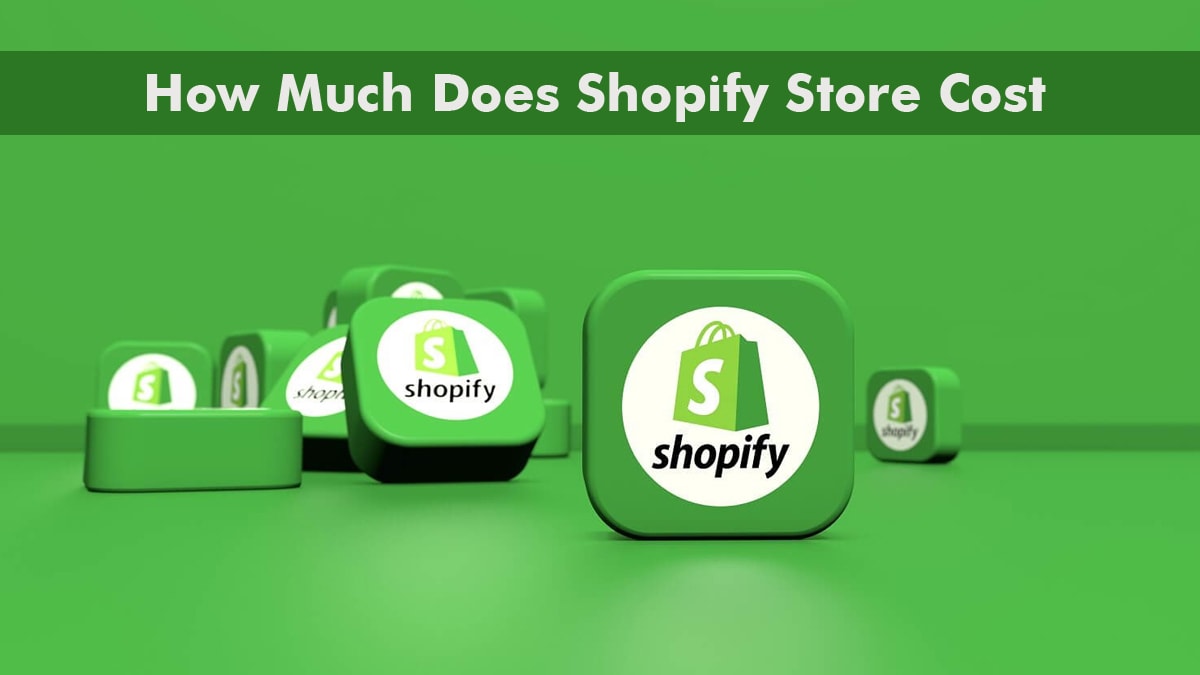

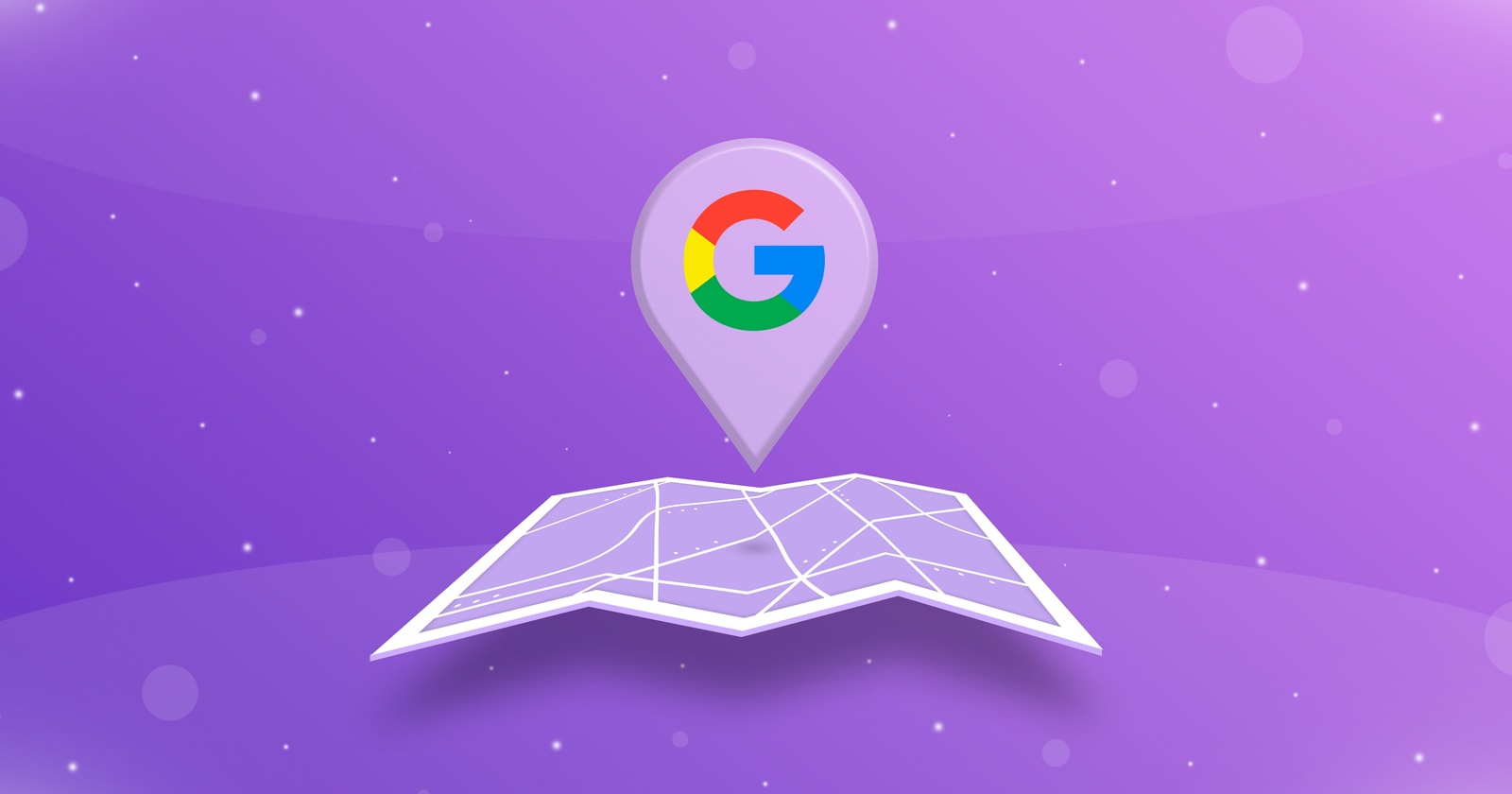
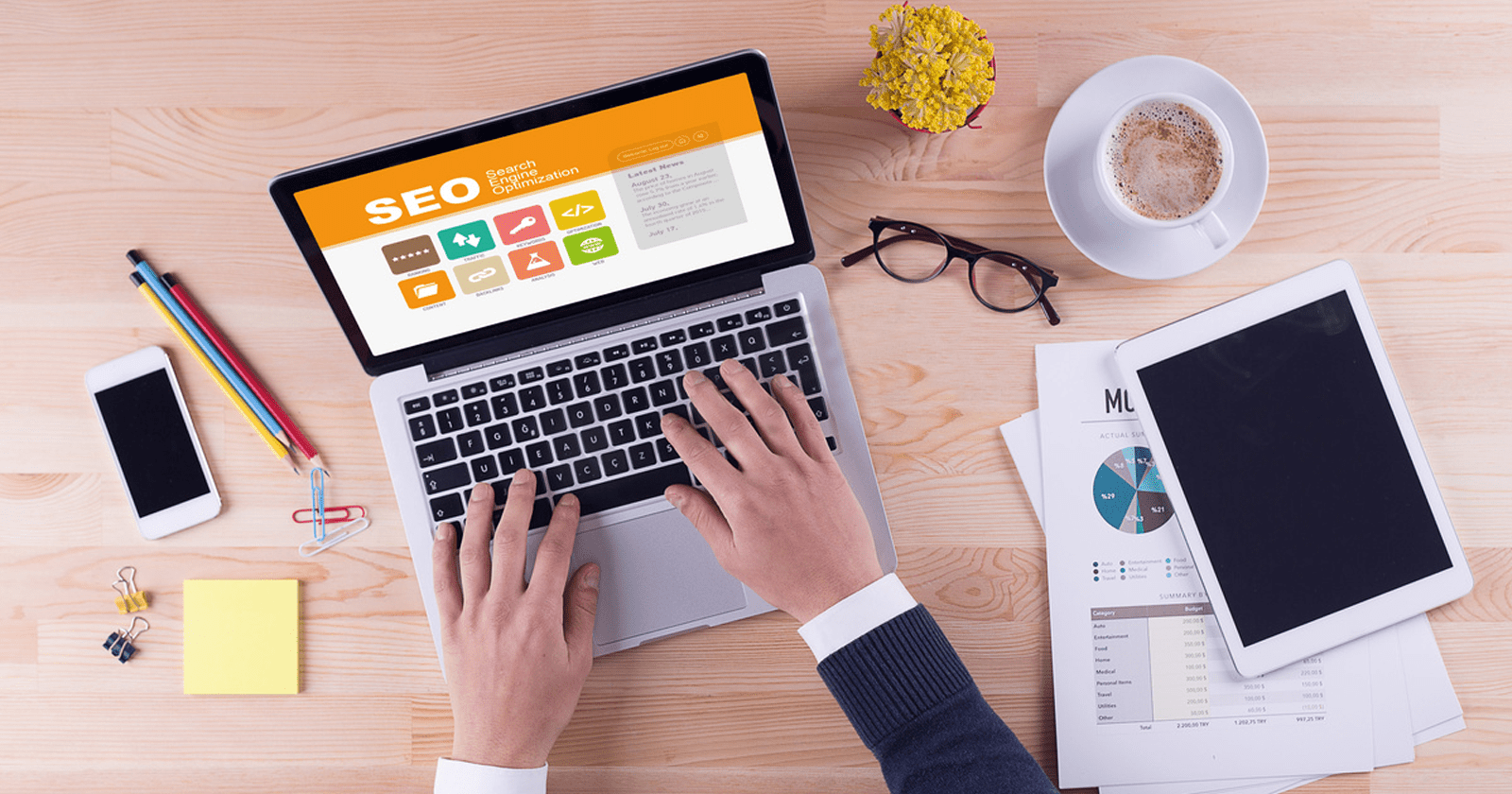


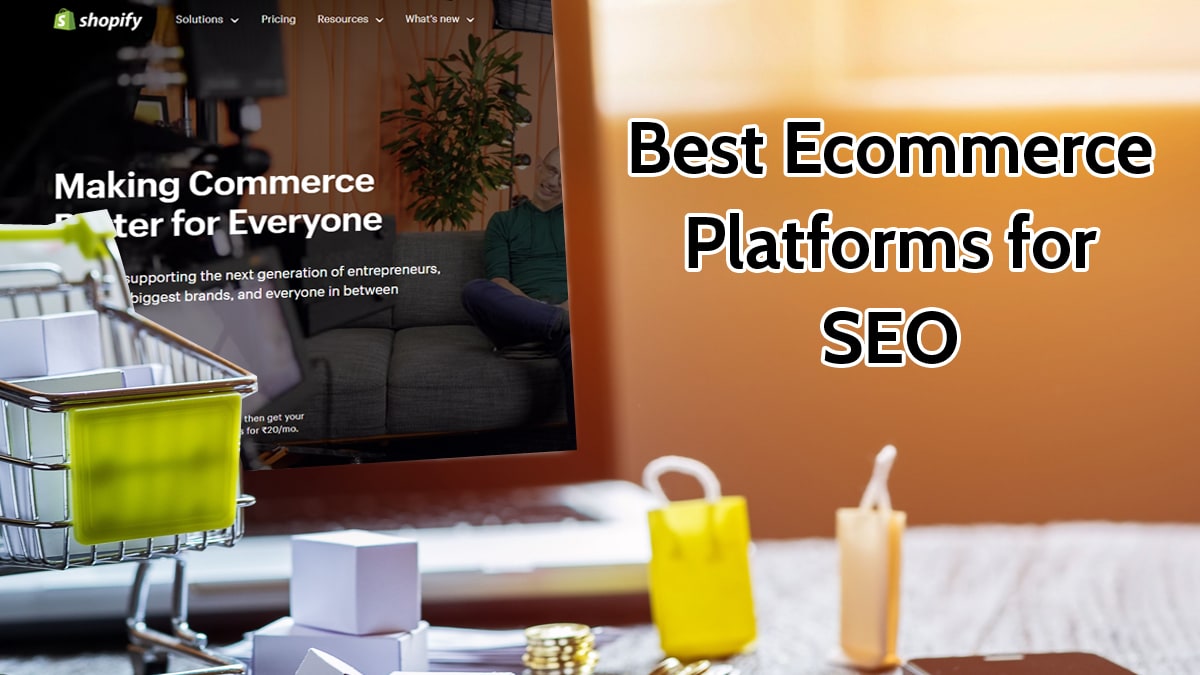
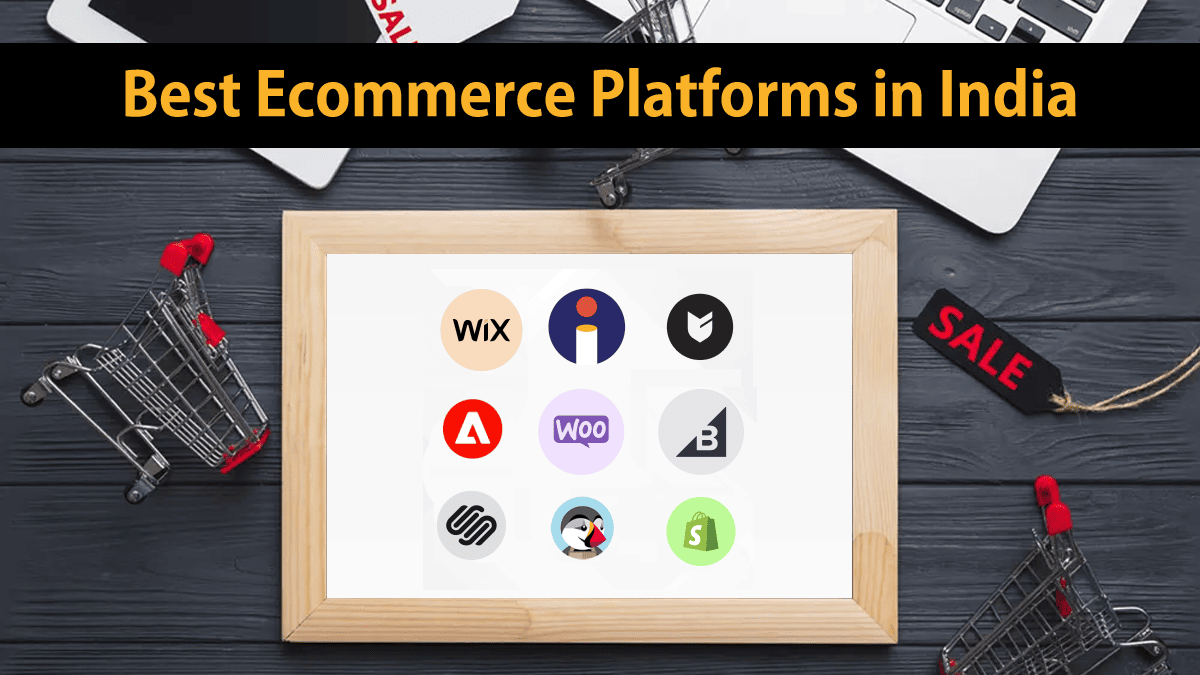
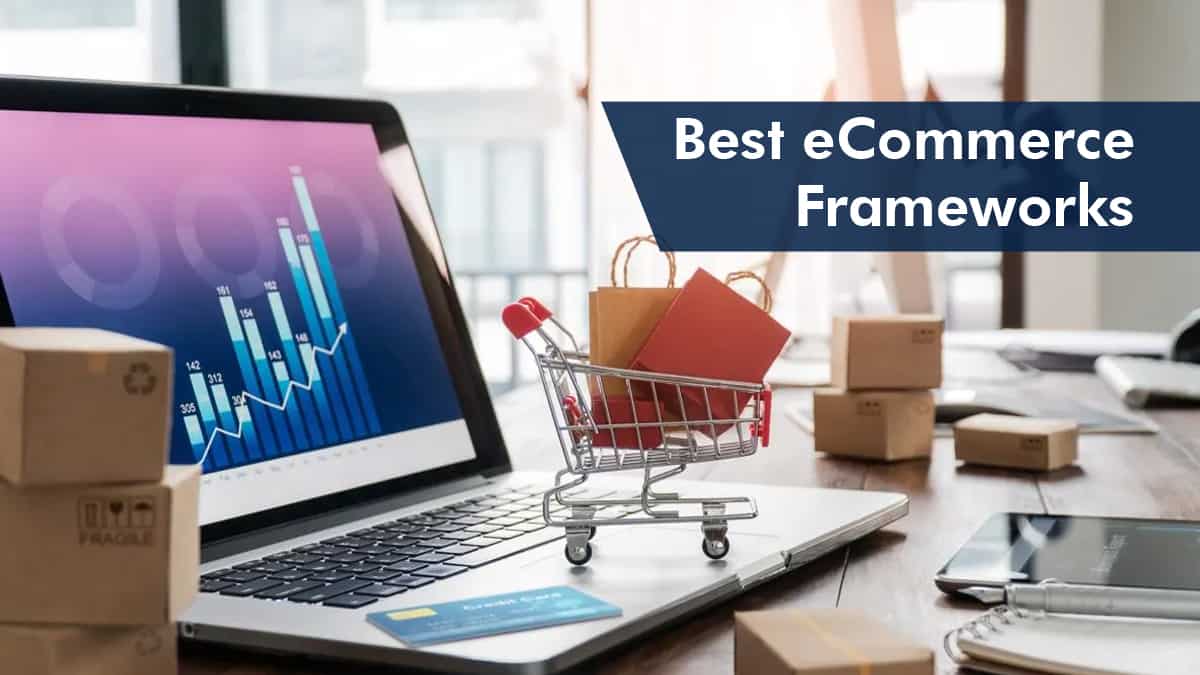

















 RSS Feeds
RSS Feeds